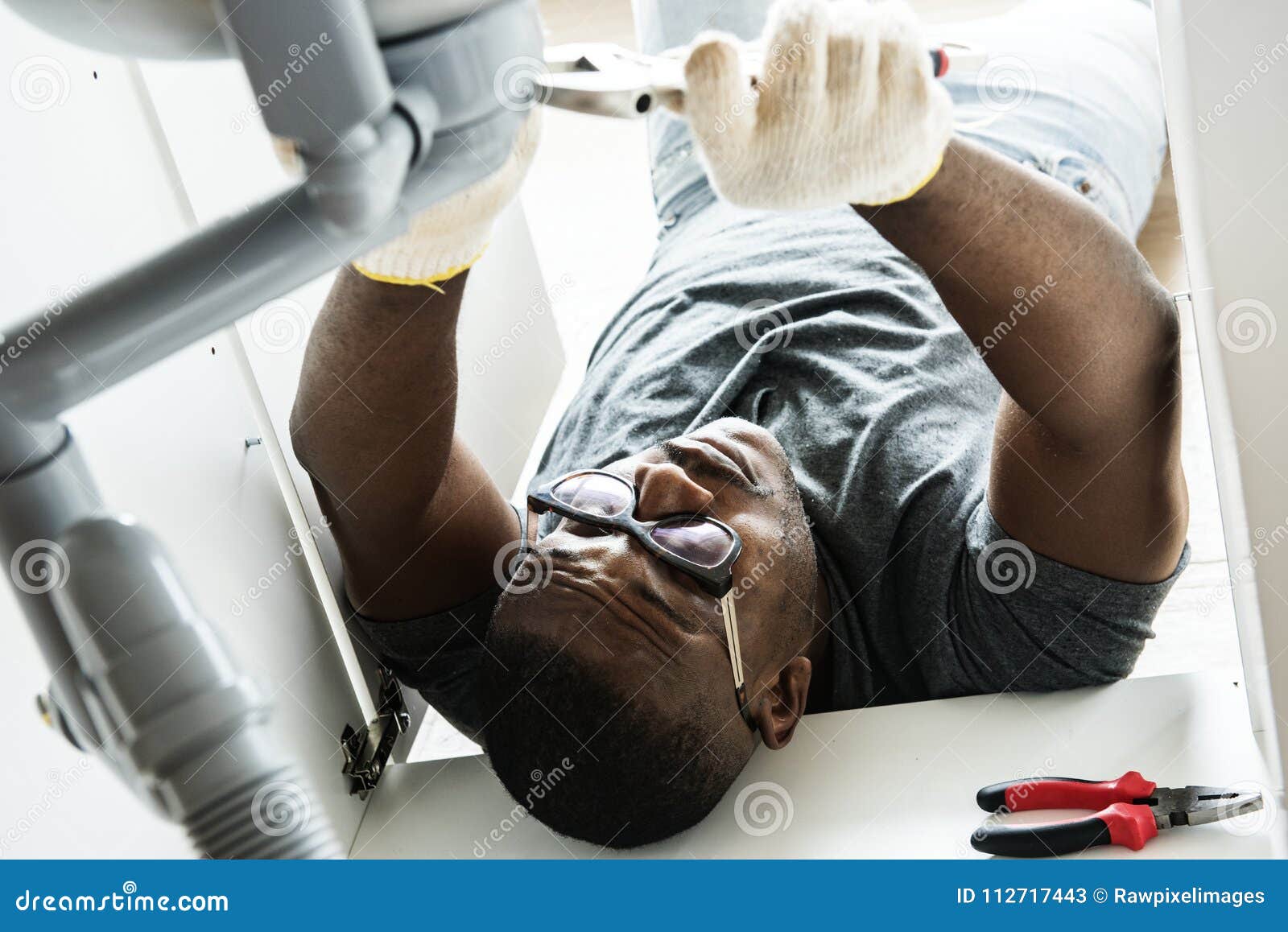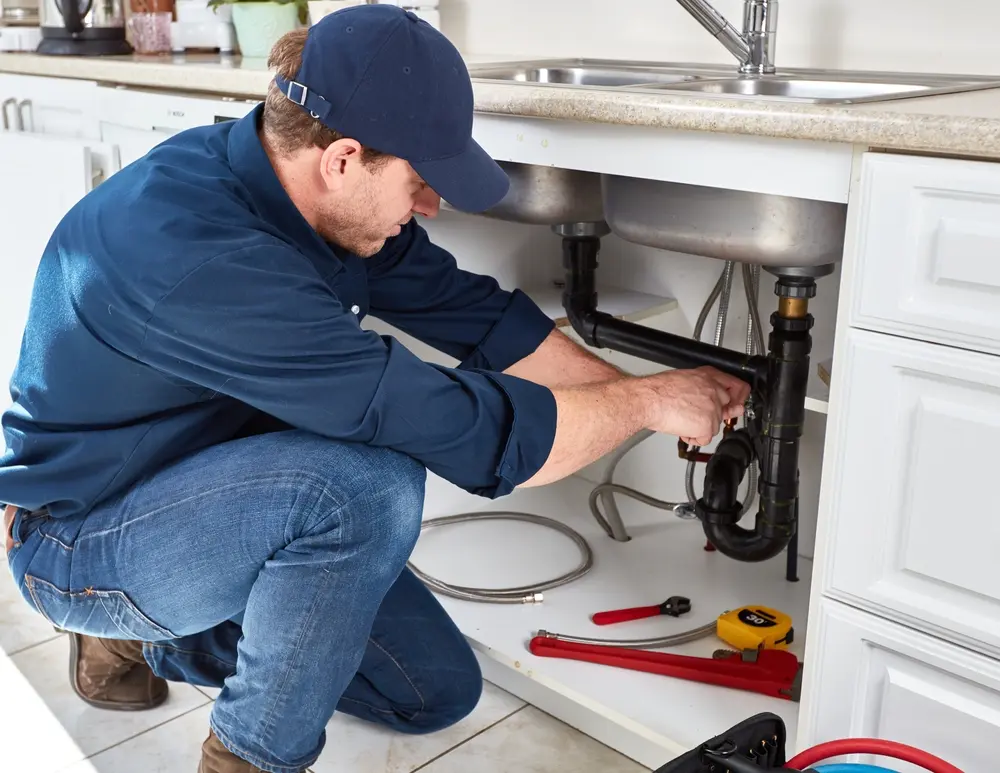A Step-by-Step Overview to Effective Hot Water Heater Setup for Optimal Efficiency
Getting started on the task of setting up a water heater is a venture that requires accuracy and a systematic technique for accomplishing optimal performance. As you continue, the intricacies of attaching water supply lines and setting up reputable electrical or gas links wait for, promising understandings into guaranteeing performance and integrity.
Choosing the Right Hot Water Heater

Next, think about the dimension and ability of the water heater. It's crucial to examine your house's warm water needs, which can vary based upon the number of owners and their use patterns. An unit that's as well tiny might lead to insufficient warm water, while an extra-large version might result in unnecessary energy consumption.
Efficiency ratings also play a critical duty in option. Seek water heaters with high Energy Factor (EF) ratings, showing superior performance and reduced power usage. Tankless models, though typically much more costly upfront, offer substantial power financial savings with time as a result of their on-demand heating abilities.
Preparing the Installation Area
Prior to mounting a new hot water heater, precise preparation of the installment location is vital. This ensures a smooth installment procedure and assists prevent future complications (Plumbing Alabaster AL). Begin by picking an ideal place that follows neighborhood building codes and safety and security criteria. The area needs to be completely dry, well-ventilated, and easily accessible for maintenance. It's crucial to gauge the space meticulously to fit the water heating system's measurements, guaranteeing ample clearance around the system for efficient procedure and servicing.
Check the flooring for stability, as the water heating unit will certainly require a strong, degree surface area to operate efficiently. If essential, mount a drip frying pan beneath the device to capture possible leakages or spills, stopping water damage to the surrounding area.
Additionally, ensure that all necessary devices and materials are on hand before starting the installment. This consists of products such as wrenches, screwdrivers, a level, and any added equipment required for securing the heater and placing. A well-prepared setup area establishes the structure for a successful hot water heater arrangement, maximizing performance and safety.
Connecting Water System Lines
When linking water lines to your recently set up hot water heater, it is crucial to ensure that all links are leak-free and secure to maintain reliable operation and protect against water damage. Begin by determining the warm and cool supply of water lines. The cool water inlet is generally noted with a blue tag or a "C", while the warm water electrical outlet is marked with a red tag or an "H".
Use versatile water heating system adapters to help with a much easier installment procedure. Before attaching the adapters, place a plumbing's tape around the threaded ends of the water heating system's inlet and electrical outlet pipes.
Once connections are in place, slowly switch on the main supply of water valve. Inspect each connection for leaks by visually feeling and inspecting for wetness. Tighten up links as needed, and make sure the stress alleviation shutoff is properly set up, safeguarding against extreme stress accumulation.
Establishing Electrical or Gas Links
Appropriately setting up the electric or gas links for your water heater is an essential action to guarantee safe and effective operation. For electrical water heaters, start by verifying that the electric circuit is compatible with the heating system's voltage and amperage requirements.
For gas water heaters, safety and security is critical. Validate that the gas supply is off before continuing. Connect the gas line to the water heating unit using a versatile gas adapter, ensuring it is appropriately threaded and sealed with pipe joint compound or Teflon tape appropriate for gas connections. Tighten the links with a wrench, making sure not to over-tighten (Plumbing Services Alabaster AL).
When links are made, evaluate for any prospective leaks. For gas lines, apply a soapy water remedy to the joints; bubbles indicate a leak. For electrical connections, verify that all circuitry is secure and correctly protected, preserving conformity with regional electrical codes.
Readjusting and examining for Performance
With the electric and gas links firmly in position, the next action is assessing the functional performance of your water heating unit. Begin by meticulously activating the water and making certain there are no leakages at any one of the shutoffs or joints. When verified, proceed to fill the storage tank, taking note of the pressure and temperature level settings. It is suggested to set the thermostat to an advised temperature level of around 120 ° F(49 ° C) to stabilize power performance and convenience.
Following, do a detailed inspection to guarantee the burner or gas heaters are functioning appropriately. For electrical heaters, make use of a multimeter to confirm if the elements are attracting the proper present. In gas versions, observe the heater flame; it must be my response steady and blue, showing effective burning.
Change the settings as required to get rid of inadequacies. Think about applying insulation actions, such as adding a water heater blanket, to further boost performance by minimizing warmth loss. Furthermore, examine the anode rod's problem, as a scrubby pole can decrease performance and result in container corrosion.
Conclusion
Effective water heater setup is vital for making certain optimal performance and energy savings. Securely connecting water supply lines and carefully setting up electrical find here or gas links decrease potential issues.

Correctly setting up the electric or gas links for your water heater is a visit this website vital action to make certain safe and efficient operation. For electric water heaters, begin by verifying that the electrical circuit is compatible with the heating system's voltage and amperage requirements. Attach the gas line to the water heater making use of a flexible gas adapter, guaranteeing it is effectively threaded and secured with pipeline joint substance or Teflon tape appropriate for gas connections.